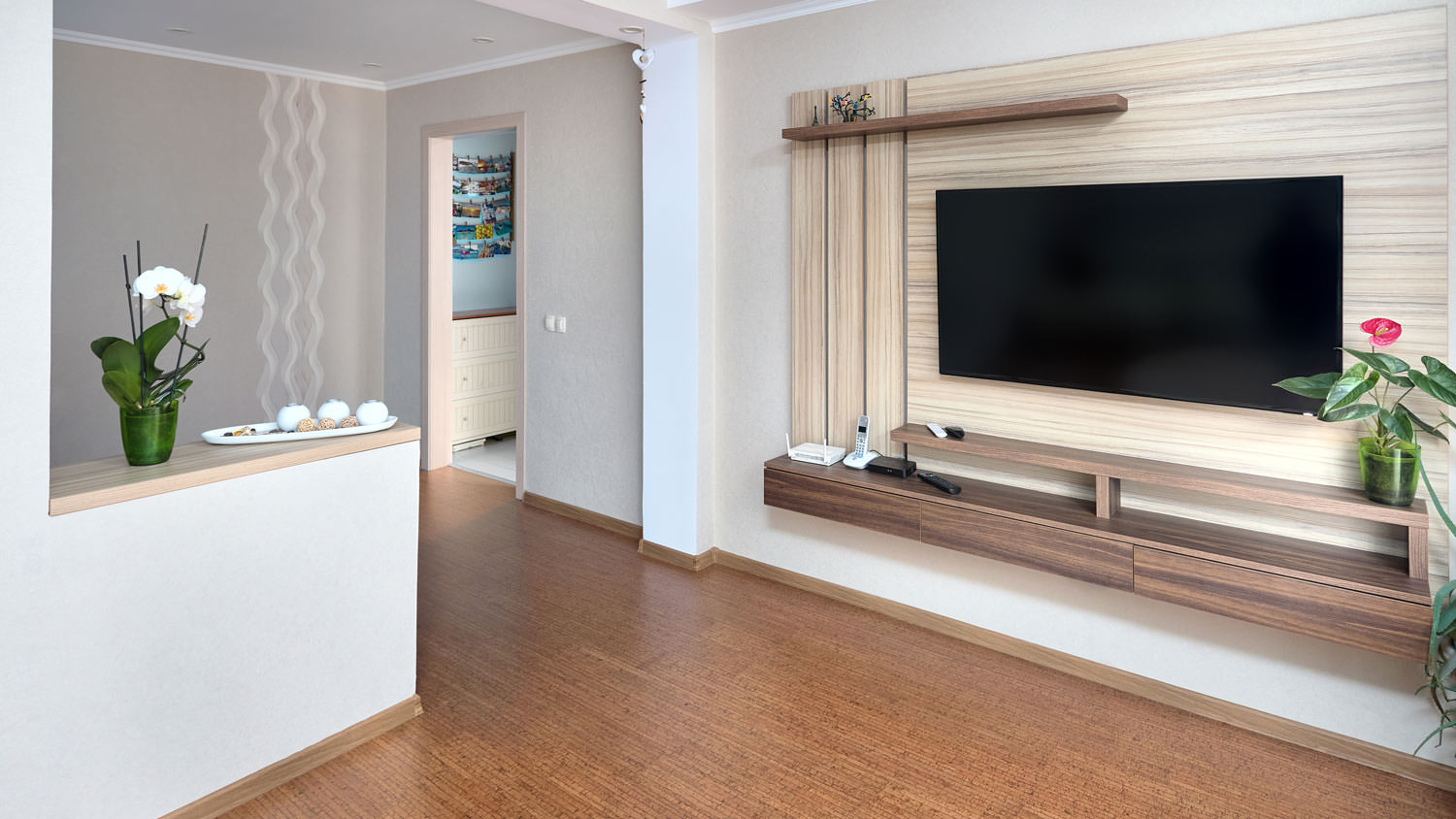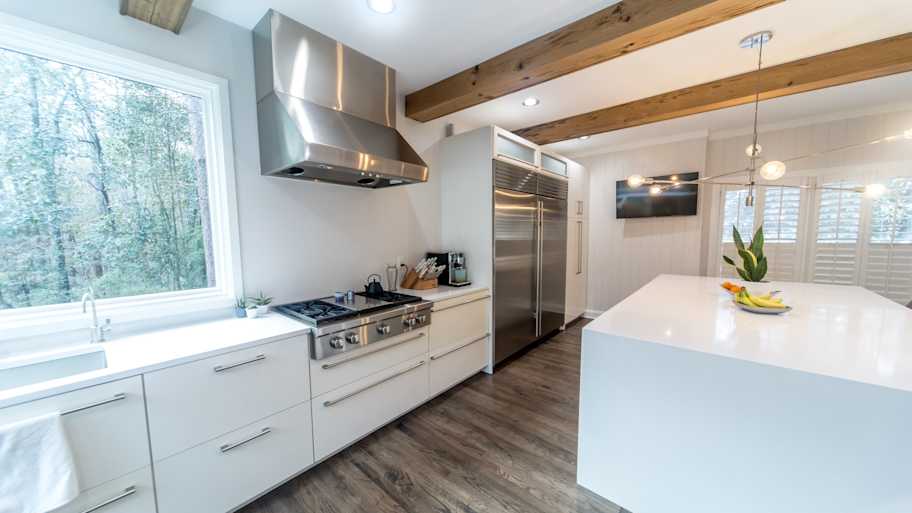
Get matched with top greenhouse and nursery specialists in Moscow, PA
Enter your zip and get matched with up to 5 pros
Need a pro for your greenhouse and nursery service project in Moscow, PA?
Find Greenhouse and nursery specialists in Moscow

Sara's Landscaping
Sara's Landscaping
Sara's Landscaping & Construction has 15 years of experience in landscaping, hardscaping, lawn and yard work, and general remodeling and contracting. We aspire to provide 100% customer satisfaction and look forward to being of service. Please call us today and let us escalate the enjoyment of your home and outdoor living space!
"Excellent!"
M F on June 2025
Sara's Landscaping & Construction has 15 years of experience in landscaping, hardscaping, lawn and yard work, and general remodeling and contracting. We aspire to provide 100% customer satisfaction and look forward to being of service. Please call us today and let us escalate the enjoyment of your home and outdoor living space!
"Excellent!"
M F on June 2025
Rettle Enterprise LLC
Rettle Enterprise LLC
We specialize in all phases of remodeling for your home, business, bathrooms, kitchens, finishing basements, and more! We guarantee your satisfaction, and we won’t leave until the job is done right. We pride ourselves on the quality work we provide, while delivering great customer service! Check out all the services we offer below and call -or- click to schedule a free estimate today!
"Ian from Rettle Enterprise was very professional. When I called him, he came. He looked at the work and gave me an estimate for both times. And when he started the work, he kept me posted -- constantly kept in touch with me. When the work was finished, it was excellent. I was very happy. I'm actually contacting him again for another work at my house. I recommend him highly."
Daniela P on August 2023
We specialize in all phases of remodeling for your home, business, bathrooms, kitchens, finishing basements, and more! We guarantee your satisfaction, and we won’t leave until the job is done right. We pride ourselves on the quality work we provide, while delivering great customer service! Check out all the services we offer below and call -or- click to schedule a free estimate today!
"Ian from Rettle Enterprise was very professional. When I called him, he came. He looked at the work and gave me an estimate for both times. And when he started the work, he kept me posted -- constantly kept in touch with me. When the work was finished, it was excellent. I was very happy. I'm actually contacting him again for another work at my house. I recommend him highly."
Daniela P on August 2023

Vargas Landscaping
Vargas Landscaping
We are providers of construction services in the SCRANTON/WILKES-BARRE area. Our mission is to maintain the highest quality and professionalism from start to finish. We are confident in our results because all our jobs are custom for the needs of each home. We strive for the highest degree of quality products and workmanship. During the years in business, Vargas Landscaping has satisfied many customers. It is our reputation of quality work, professionalism, and customer service our customers continue to rely on us for their needs. To understand the expectations of our customers, we take great care to work and communicate with every customer professionally. We base our reputation on service, safety, and quality. Call us today and find out how we can meet all your landscaping needs!
"Excellent from start to finish. Professional prompt detail oriented."
Pete K on April 2022
We are providers of construction services in the SCRANTON/WILKES-BARRE area. Our mission is to maintain the highest quality and professionalism from start to finish. We are confident in our results because all our jobs are custom for the needs of each home. We strive for the highest degree of quality products and workmanship. During the years in business, Vargas Landscaping has satisfied many customers. It is our reputation of quality work, professionalism, and customer service our customers continue to rely on us for their needs. To understand the expectations of our customers, we take great care to work and communicate with every customer professionally. We base our reputation on service, safety, and quality. Call us today and find out how we can meet all your landscaping needs!
"Excellent from start to finish. Professional prompt detail oriented."
Pete K on April 2022
Jrs Landscaping and Construction
Jrs Landscaping and Construction
We at Jrs landscaping and Construction we provide top of the line service veteran owned and operated we put 110% in every blade of grass to every screw we place we offer a broad ban of services from landscaping to minor construction work we look forward to servicing you with us your more then a customer your family
We at Jrs landscaping and Construction we provide top of the line service veteran owned and operated we put 110% in every blade of grass to every screw we place we offer a broad ban of services from landscaping to minor construction work we look forward to servicing you with us your more then a customer your family

Sustainable Forestry Solutions
Sustainable Forestry Solutions
Providing Restorative and Regenerative oriented Forestry principals to land and home owners seeking to enhance their covenant with their land in respect to the natural environment and coexistance for all
Providing Restorative and Regenerative oriented Forestry principals to land and home owners seeking to enhance their covenant with their land in respect to the natural environment and coexistance for all
Seamrog Services
Seamrog Services
Seamrog Services "est. 2008" is a local family operated business located in the Poconos. We take pride in our work. From initial contact to finish the you will interact with the owner/operator "Mack" Who has 30 years experience in the building trades. All work is complete by him one job at a time. It is not done until it is done right.. We build with Integrity to create lasting relationships.
Seamrog Services "est. 2008" is a local family operated business located in the Poconos. We take pride in our work. From initial contact to finish the you will interact with the owner/operator "Mack" Who has 30 years experience in the building trades. All work is complete by him one job at a time. It is not done until it is done right.. We build with Integrity to create lasting relationships.
Zanolini Nursery & Country Shop
Zanolini Nursery & Country Shop
Contact us at (570) 359-4393 in Drums, PA, for more information about our plant nursery and country shop.
Contact us at (570) 359-4393 in Drums, PA, for more information about our plant nursery and country shop.
Keiner's Nursery
Keiner's Nursery
We are a small family owned Plant and Shrub Nursery, offering locally grown and propagated plants that grow right here on the premises. Most of our plants sell for $4.97 with larger plants sold at reasonable prices. If we do not have a plant we will try to locate for you, but probably will NOT sell for the price of $4.97
We are a small family owned Plant and Shrub Nursery, offering locally grown and propagated plants that grow right here on the premises. Most of our plants sell for $4.97 with larger plants sold at reasonable prices. If we do not have a plant we will try to locate for you, but probably will NOT sell for the price of $4.97
BLOOMIN IDIOTS GARDEN CTR
BLOOMIN IDIOTS GARDEN CTR
Full service garden center and florist open year round. \ We carry perennials, shrubs, annuals,hanging baskets, vegetable plants and much more. We carry many types of soils including mushroom, peat humus, cow manure compost and more. We have bulk mulch that is double ground and double dyed to assure it will hold its color. We also have bagged mulch. We are here to help you grow!
Full service garden center and florist open year round. \ We carry perennials, shrubs, annuals,hanging baskets, vegetable plants and much more. We carry many types of soils including mushroom, peat humus, cow manure compost and more. We have bulk mulch that is double ground and double dyed to assure it will hold its color. We also have bagged mulch. We are here to help you grow!

Curtis Valley Horticultural Services
Curtis Valley Horticultural Services
Curtis Valley Horticultural Services is a COMPLETE landscape company which offers both landscape installation and lawn and garden maintenance. We have been in business over 25 YEARS and we have been the recipient of a Scranton Chamber of Commerce award for service.
Curtis Valley Horticultural Services is a COMPLETE landscape company which offers both landscape installation and lawn and garden maintenance. We have been in business over 25 YEARS and we have been the recipient of a Scranton Chamber of Commerce award for service.
The homeowners guide to home care is here
From average costs to expert advice, get all the answers you need to get your job done.

Installing new baseboards can totally refresh the look of your walls. Learn about the cost to install baseboards in your home.
 •
•Discover natural stone flooring costs for your home. Learn about material, labor, and installation factors to budget confidently for your flooring project.

Updated flooring can make any room in your home feel brand new. Explore flooring installation costs in Charlotte, NC, from materials to labor costs.

If you’re putting in new carpeting, you may be wondering if you should install your baseboard before or after carpet. Here’s how to do it the right way.

Are you torn between tile-look and wood-look vinyl flooring? Let's break down LVT versus LVP to help you choose the right style for your space without overthinking it.

If you have ever wanted to learn how to install transition strips on concrete, this resource will equip you with everything you need to know.
- Throop, PA Greenhouse and nursery specialists
- Dunmore, PA Greenhouse and nursery specialists
- Gouldsboro, PA Greenhouse and nursery specialists
- Clifton, PA Greenhouse and nursery specialists
- Scranton, PA Greenhouse and nursery specialists
- Olyphant, PA Greenhouse and nursery specialists
- Moosic, PA Greenhouse and nursery specialists
- Jessup, PA Greenhouse and nursery specialists
- Blakely, PA Greenhouse and nursery specialists
- Dickson City, PA Greenhouse and nursery specialists
- Newfoundland, PA Greenhouse and nursery specialists
- Peckville, PA Greenhouse and nursery specialists
- Taylor, PA Greenhouse and nursery specialists
- Archbald, PA Greenhouse and nursery specialists
- Old Forge, PA Greenhouse and nursery specialists
- Avoca, PA Greenhouse and nursery specialists
- Dupont, PA Greenhouse and nursery specialists
- Hamlin, PA Greenhouse and nursery specialists
- Chinchilla, PA Greenhouse and nursery specialists
- Lake Ariel, PA Greenhouse and nursery specialists
- Clarks Green, PA Greenhouse and nursery specialists
- Clarks Summit, PA Greenhouse and nursery specialists
- Jermyn, PA Greenhouse and nursery specialists
- Mayfield, PA Greenhouse and nursery specialists
- Duryea, PA Greenhouse and nursery specialists
- Yatesville, PA Greenhouse and nursery specialists
- Hughestown, PA Greenhouse and nursery specialists
- Pittston, PA Greenhouse and nursery specialists
- Exeter, PA Greenhouse and nursery specialists
- West Pittston, PA Greenhouse and nursery specialists